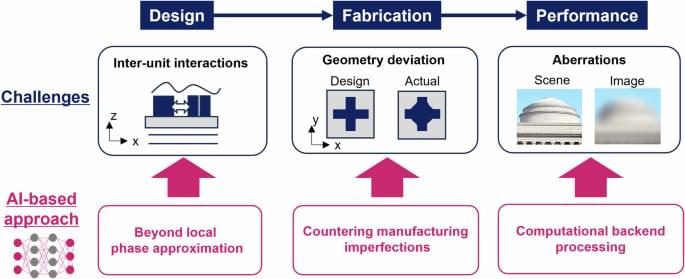But when something out of the ordinary happens, the situation can quickly get scary, because most updates are only delivered by audio announcements. A Deaf traveller may miss their train because it was moved to a different platform, or watch as their station whizzes by because the train isn’t stopping there today. They may also remain on a train carriage in an emergency after everyone else has evacuated, and have to be rescued by station staff.
Every single one of these examples has been drawn from the real life experiences of Deaf people in Sydney. But my colleagues and I are working with Sydney Trains and members of the Australian Deaf community to develop an advanced, artificial intelligence (AI)-powered signing avatar which can automatically translate audio announcements into Auslan.






